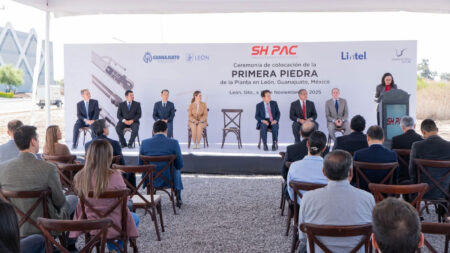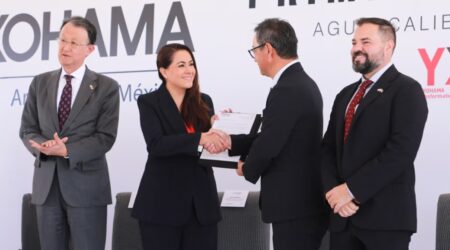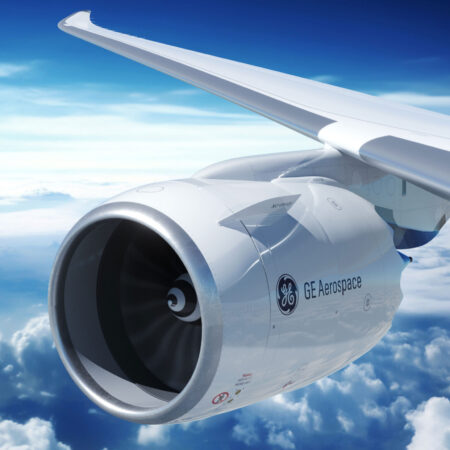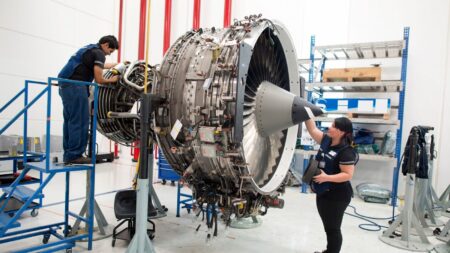SHPAC invests $40 million in new plant in León, Guanajuato
With an investment of US$40 million, Korean company SHPAC laid the foundation stone for its new plant in León, Guanajuato, a project that will generate 120 direct jobs and strengthen the state’s industrial vocation. This business decision confirms Guanajuato’s attractiveness for the establishment of high-value manufacturing operations.
The arrival of SHPAC, a Korean company, was attended by state authorities representing Governor Libia Dennise. During the event, the company’s confidence in Guanajuato’s economic environment and in the productive capacity of León, a city with a long history in manufacturing and industry-related services, was highlighted.
SHPAC boosts the metalworking industry in León
SHPAC’s new plant will strengthen the metalworking industry by producing specialized components for infrastructure and construction projects. The company will add local and regional suppliers, which will expand the value chain and open up opportunities for small and medium-sized enterprises participating in the Bajío industrial sector.
In addition, the $40 million project facilitates greater integration between the metalworking industry and the construction sector, both of which play a strategic role in Guanajuato’s economic dynamics. The installation of this plant reinforces the state’s position as a competitive destination for productive investment in Mexico and strengthens its presence in international markets.
More jobs and competitiveness for Guanajuato
With the creation of 120 direct jobs, SHPAC will provide specialized employment opportunities for talent in León and nearby municipalities. The company plans to offer technical training programs in metalworking processes, which will translate into greater productivity, better job profiles, and a more competitive environment for regional industry.
The investment by this Korean company strengthens Guanajuato’s industrial diversification and accompanies new projects related to construction and infrastructure. With business decisions of this nature, the state consolidates its global competitiveness and increases its attractiveness compared to other regions competing for capital, specialized employment, and the development of long-term supply chains.

Source: Mexico Industry










